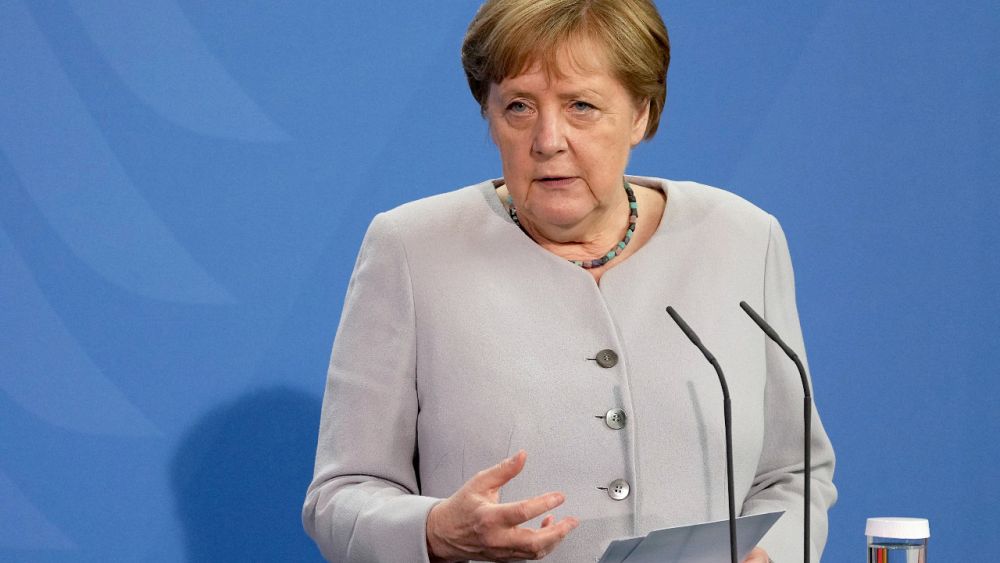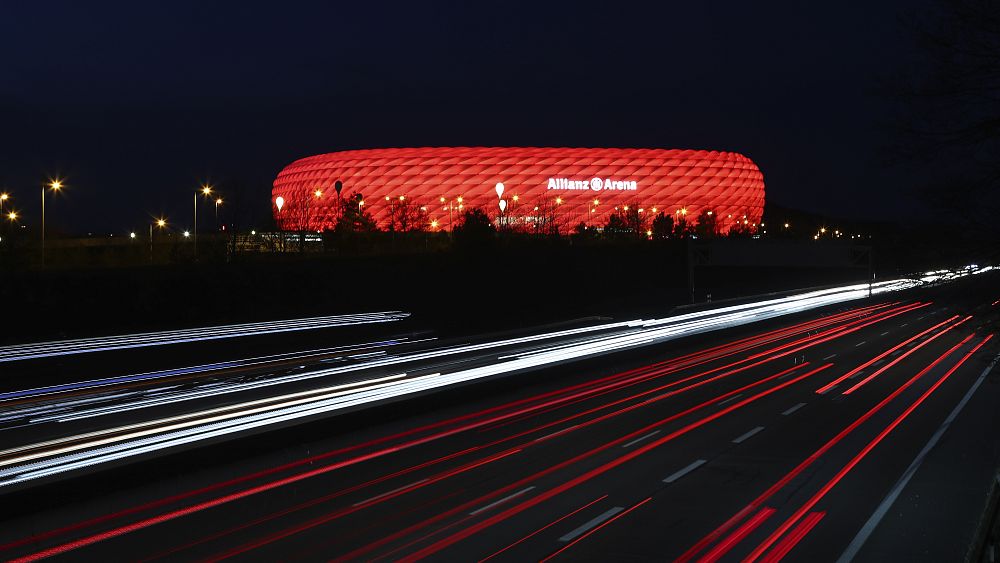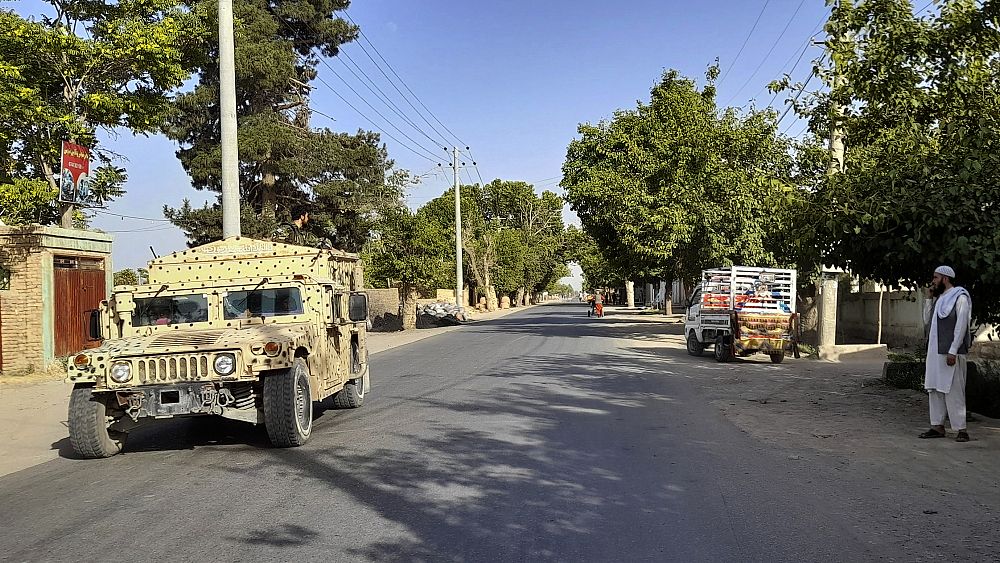When Mikhail Gorbachev began the reforms in the late 1980s which led to the dismantlement and eventual dissolution of the Soviet Union, East German leader Erich Honecker went as far as to ban Soviet newspapers in the German Democratic Republic (GDR) lest the people got any ideas.
In the end, though, Honecker and his fellow communists could do little to stem the tide of change that swept eastern Europe in 1989. By the time the GDR celebrated the 40th anniversary of its founding in 1989, it was a state on life-support. Within weeks, the Berlin Wall had fallen and tens of thousands of East Germans had crossed to freedom in West Germany.
But while the edifice in Berlin that had symbolised the division of Germany after World War II had finally fallen on November 9, 1989, the GDR still existed. East Germans continued to flood into West Germany into 1990, ahead of the first free elections held in East Germany in March.
When East Germans went to the polls the Party of Democratic Socialism (PDS), which represented the former communist government, was crushed by the East German sister party of Helmut Kohl’s Christian Democratic Union (CDU), which promised reunification with the West.
The new government, headed by Lothar de Maiziere, immediately began negotiating with the West German government and by July the two Germanys had agreed on a monetary union.
There were voices internationally that opposed reunification, among them British Prime Minister Margaret Thatcher, but first among them was Gorbachev, the man that had done so much to part the Iron Curtain. He was finally persuaded to lift his objections in return for a West German aid package to the Soviet Union, which was by now less than a year from its dissolution in 1991.
In September, re-unification was ratified by both the East German People’s Chamber and the West German Bundestag. On October 3, it came into force and the five districts of East Germany, along with a reunited Berlin, became part of the Federal Republic of Germany.
Initially, the positivity surrounding the move reflected well on Kohl and his CDU, which was handed a huge mandate at the country’s first all-German election in December 1990. Kohl would go on to negotiate the agreement with Germany’s neighbours that would set up the European Union, and pave the way for the European single market and currency, the euro.
But as the weeks turned into months and into years, the huge burden of reintegrating the six administrations of East Germany began to show. The former communist districts had suffered decades of political and economic mismanagement, and pulling them out of the quagmire was not helped by the continuing exodus of tens of thousands of their citizens to the West.
On reunification, the former East Germany accounted for less than 8% of Germany’s gross domestic product (GDP) and had massive unemployment. Businesses that had operated as part of a state-controlled economy had to be restructured, transport links had to be restored and millions of workers had to receive training in order to contribute to a modern labour market.
Three decades later, with Germany Europe’s largest and strongest economy, plenty would be inclined to say that in terms of reunification, it is a case of job done. But although the physical division of west and east ended in 1990, political and economic divisions remain to this day.
Has it worked?
Speaking last week, former German Democratic Republic civil rights activist and last GDR Foreign Minister Markus Meckel told AP that the former states of East Germany needed more representation in contemporary politics in Germany.
”We have no centres of industry and science in the East. The federal government had promised to bring all the new federal institutions to the East but did not do so,” he said.
“Regional interests were greater in the West, there was a great deal of self-interest in the West, and the East was clearly neglected in federal policy and economic development.”
That disparity between west and east has led to an increase in support for the far-right, particularly after Chancellor Angela Merkel – Germany’s first to come from the former East Germany – opened the country’s doors to refugees during the 2015 migrant crisis.
As recently as 2019, the far-right Alliance for Deutschland (AfD) campaigned on the slogan “Let’s complete the change”, meaning the economic restructuring of the former states of East Germany so that their citizens have a similar quality of life as their fellow citizens of the West.
In last year’s elections in Brandenburg and Saxony, both of which were behind the Iron Curtain in East Germany, the AfD took 23.5% and 27.5% of the vote, compared to 11% nationally in 2017.







